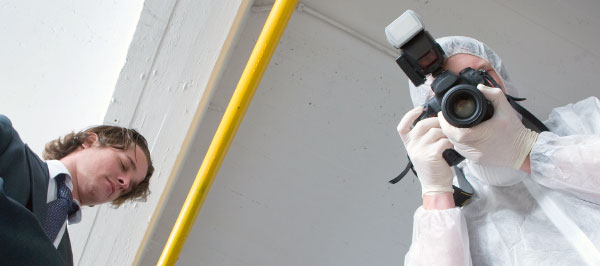Introduction
Anyone who has seen the movie My Cousin Vinny (1992) knows how a snapshot can save the day. In the film, inexperienced New York lawyer Vincent LaGuardia “Vinny” Gambini travels to a small southern town with his fiancée, Mona Lisa Vito, to represent his cousin in a murder case. Mona Lisa’s incessant picture taking with a cheap pocket camera causes frustration throughout the film, but eventually produces a photograph that holds the key to the case.
Photography of everything from landscapes to historical events has preserved and illustrated history for the past 200 years. When a photograph of a forged document was presented and allowed as courtroom evidence in 18511, photography as a forensic tool was born and soon became a boon to cases of identification and scene analysis. Crime scene photography became cutting edge in the 1870s and new technologies have expanded its use ever since.
In this discussion, photographs are not evidence in and of themselves, but provide visual documentation of the scene and locations of evidence within the scene. Photographs taken at a crime scene allow investigators to recreate that scene for later analysis, or for use in the courtroom. If the crime scene photography does not thoroughly and accurately document the entire scene, it could be detrimental to the investigation and potentially damaging during a criminal trial.

1Luco vs U.S., 64 U.S (23 How.) 515, 162, L. Ed 545 (1859)